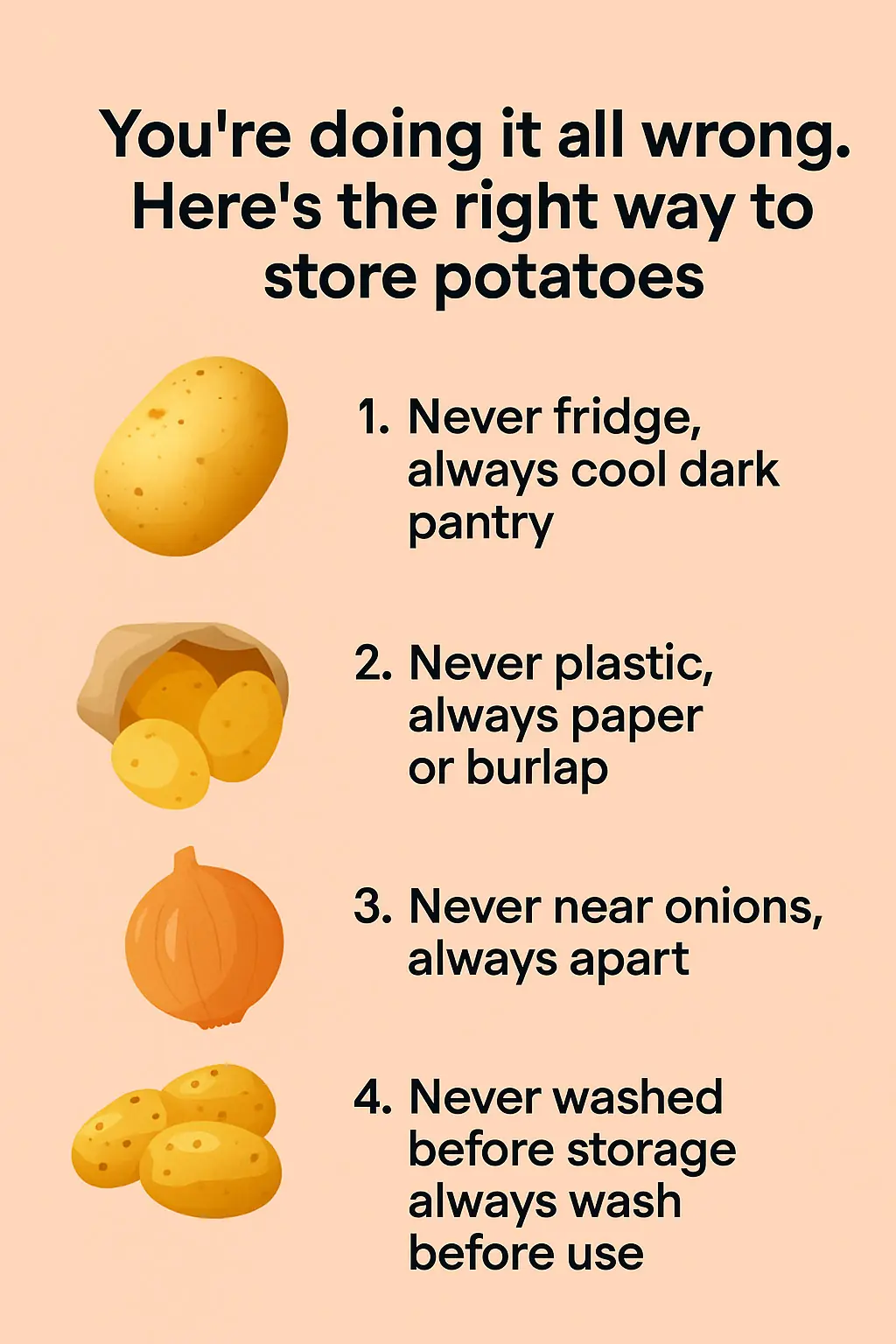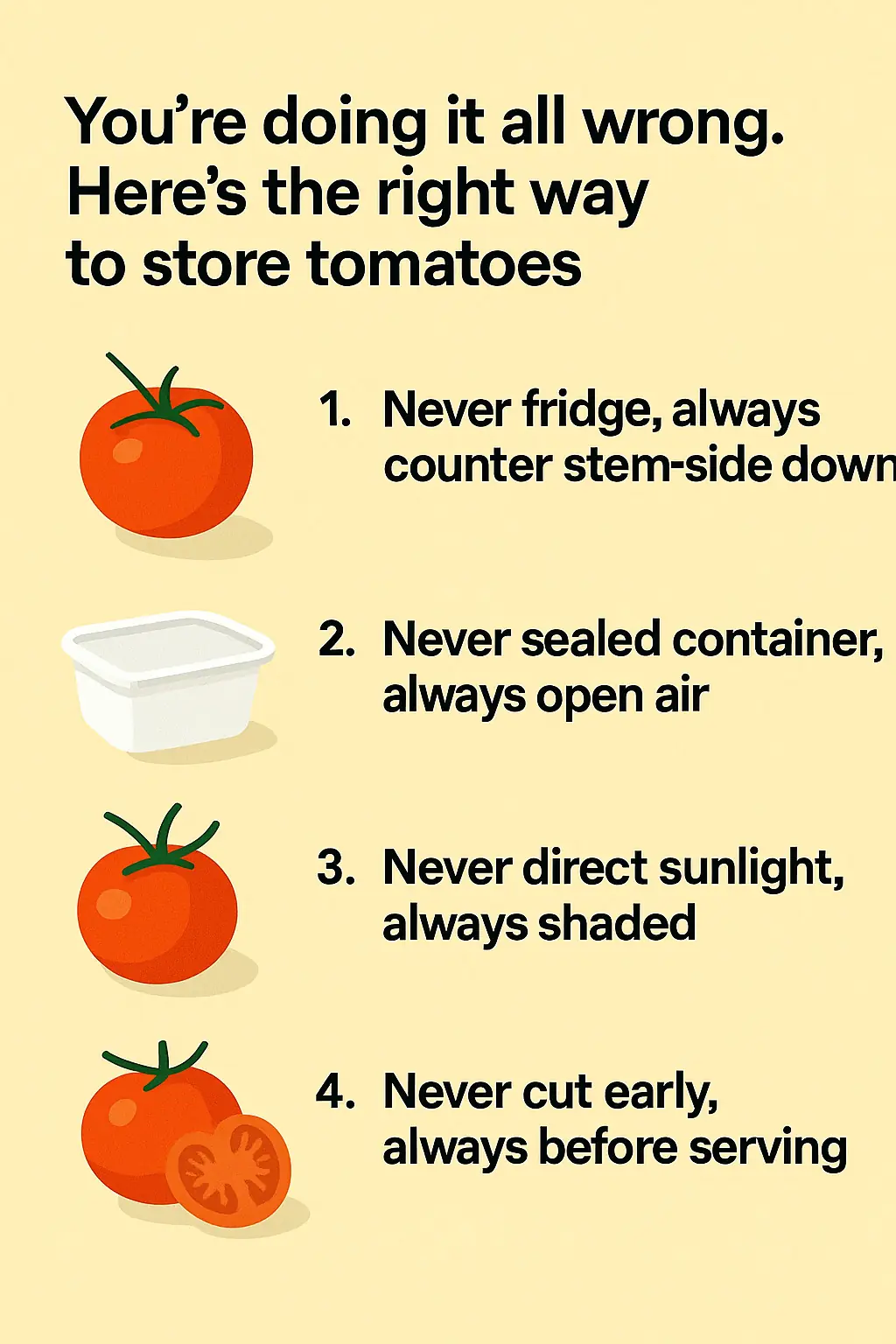
You’re Taking Iron Supplements Wrong — Here’s the Science-Backed Way to Do It Right
Iron is one of the most essential minerals for human health, responsible for transporting oxygen throughout the body, supporting energy production, and strengthening the immune system. Yet despite its importance, iron deficiency remains one of the world’s most common nutritional deficiencies, affecting over 1.2 billion people globally (World Health Organization).
Many people rely on iron supplements to combat low iron levels, but few realize that how and when you take them dramatically affects how well your body can absorb iron. Taking iron the wrong way can reduce its effectiveness—or even lead to unpleasant side effects. Here’s the science-backed guide to getting the most from your iron supplements.
1. Understanding Iron Supplementation: Why It Matters
Iron is vital for producing hemoglobin, the protein in red blood cells that carries oxygen from your lungs to tissues and organs. It’s also a key part of myoglobin, which stores oxygen in muscles, and it supports enzyme function and energy metabolism (National Institutes of Health).
When your body doesn’t get enough iron, it can’t make enough hemoglobin, leading to iron deficiency anemia. Symptoms include fatigue, dizziness, pale skin, shortness of breath, and difficulty concentrating. The recommended dietary allowance (RDA) varies by age and gender—8 mg daily for adult men and up to 18 mg for women, increasing to 27 mg during pregnancy (NIH, 2023).
For those who can’t meet these needs through food alone, supplementation becomes essential. But timing, dosage, and combination with other nutrients all influence how well iron works.
2. Timing Is Everything: Take Iron Before Meals
Iron supplements are best taken on an empty stomach, typically one hour before eating or two hours after. That’s because certain foods—especially those rich in fiber, calcium, or tannins—can reduce iron absorption by up to 50% (Harvard Health).
When taken on an empty stomach, iron faces less competition from other minerals and nutrients. However, because some people experience nausea or discomfort, a small snack like a piece of fruit can help—just avoid dairy, coffee, or high-fiber foods at that time.
3. The Coffee Conundrum: Why Water Wins Every Time
Your morning coffee might be sabotaging your supplement routine. Studies show that drinking coffee or tea within an hour of taking iron can reduce absorption by 39% to 90%, depending on the strength and type of beverage (American Journal of Clinical Nutrition).
That’s due to polyphenols and tannins, compounds that bind to iron and make it harder for your body to absorb. The best practice? Take your supplement with plain water, and wait at least two hours before enjoying your cup of coffee or tea.
4. Calcium Conflict: Keep Iron and Calcium Separate
Calcium—while crucial for bone health—can interfere with iron absorption because both minerals compete for the same intestinal transport pathways. If you’re taking calcium supplements or eating calcium-rich foods like milk, cheese, or yogurt, space them at least two hours apart from your iron dose (Mayo Clinic).
This separation ensures that both nutrients can be absorbed efficiently without blocking each other out.
5. The Constipation Catch: Try Alternate-Day Dosing
Iron supplements are notorious for causing side effects like constipation, bloating, or nausea. Interestingly, research from The Lancet found that taking iron supplements every other day instead of daily can actually improve absorption and reduce side effects.
That’s because your body regulates iron uptake via a hormone called hepcidin, which spikes after taking iron and temporarily blocks further absorption. Giving your body a rest day between doses helps maintain balance and increases total absorption over time.
If you struggle with daily dosing, discuss an alternate-day schedule with your doctor.
6. Vitamin C Boost: Nature’s Iron Absorption Partner
One of the simplest and most effective hacks: pair your iron supplement with vitamin C. This vitamin converts iron into a more soluble form that your body can absorb more easily.
Drinking a glass of orange juice or taking a vitamin C supplement (about 75–100 mg) alongside your iron pill can increase absorption up to threefold (Healthline). Citrus fruits, bell peppers, and strawberries are great natural sources of vitamin C.
7. Empty Stomach Strategy: Maximize Effectiveness (Without Discomfort)
Taking iron on an empty stomach boosts absorption—but can also trigger stomach pain in some people. If this happens, take your supplement with a light snack that doesn’t interfere with iron uptake.
Good options include fruit, juice, or a small portion of white rice or bread. Avoid pairing iron with foods high in calcium, fiber, or caffeine.
8. Choose the Right Form: Ferrous vs. Ferric Iron
Iron supplements mainly come in two forms: ferrous and ferric. The ferrous forms—like ferrous sulfate, ferrous fumarate, or ferrous gluconate—are generally more bioavailable, meaning your body absorbs them better (WebMD).
Ferrous sulfate is the most commonly prescribed and most cost-effective form, though it can cause more stomach upset. For those with sensitivity, slow-release formulations or liquid iron might be gentler alternatives. Always consult your healthcare provider before switching forms.
9. Recognizing Overload: The Hidden Danger of Too Much Iron
While iron deficiency is widespread, iron overload can be dangerous. Taking excessive supplements can lead to iron toxicity, causing symptoms such as fatigue, abdominal pain, or even organ damage.
A rare condition called hemochromatosis causes the body to absorb too much iron from food, which can lead to long-term complications if untreated (Cleveland Clinic). Anyone with this condition—or a family history of it—should avoid iron supplements unless prescribed by a doctor.
10. Monitor Your Levels: Blood Tests Are Non-Negotiable
The only reliable way to know if you need iron supplementation—or if it’s working—is through regular blood tests. Key indicators include hemoglobin, ferritin, and transferrin saturation levels.
Testing ensures you’re not over- or under-supplementing. For most adults, testing every 6–12 months is sufficient, but people with chronic illnesses, pregnancy, or heavy menstrual bleeding may need more frequent monitoring.
11. Consult the Experts: Tailor Iron Intake to Your Body
Iron needs vary by age, gender, diet, and health status. Consulting with a doctor or registered dietitian helps ensure you’re taking the right dose, at the right time, in the right form.
Healthcare professionals can also identify underlying causes of iron deficiency—like gastrointestinal bleeding, poor diet, or absorption disorders—and design a plan tailored to you.
Final Takeaway
Iron supplements are powerful tools—but only when used correctly. The key is timing, spacing, and pairing with the right nutrients. Take your supplement with water, add a splash of vitamin C, and avoid calcium and caffeine near your dose.
By following these science-backed steps, you’ll improve absorption, reduce side effects, and help your body use iron efficiently—keeping your energy, immunity, and focus strong.
(Sources: World Health Organization, NIH Office of Dietary Supplements, Harvard Health Publishing, Mayo Clinic, Healthline, The Lancet, Cleveland Clinic, WebMD)
News in the same category


Drop a Silver Foil Ball Into Your Toilet — The Results Are Surprisingly Brilliant

5 Amazing Health Benefits of Drinking Fresh Turmeric Water

Why You Should Sprinkle Salt on Your Gas Stove

3 Flowers That Make Snakes Tremble — Natural Repellents You Can Grow at Home

Nana’s Baking Soda Hack: The Surprisingly Effective Trick to Soften and Thin Thick Toenails

Never Mix Medications in One Box: 10 Serious Risks Most People Don’t Know

The Right Way to Take Ashwagandha: A Science-Backed Guide to Unlock Its Full Potential

‘One Less Thing That I Have to Think About’: Michelle Obama Dishes on Life After the White House and the Freedom That Came With It

78-Year-Old Grandmother Is Inspiring Others To Stay Active Through Powerlifting

Coco Gauff Donates $100K to UNCF to Fund Scholarships for HBCU Tennis Players

Honoring Revolutionary Audre Lorde: The Poet Who Dared Us All To Be Powerful

5 Black YouTube Channels That Make Exercising Fun For Beginners

Grant Hill and Chris Webber Join Ownership Group to Bring WNBA Team Back to Detroit

Remembering Civil Rights Titan and Congressman John Lewis

Boiling Sweet Potatoes: Don’t Just Add Plain Water—Add This Spoonful for Perfectly Fluffy, Sweet Results

The Science Behind Putting a Cotton Swab in a Menthol Oil Bottle

More People Are Struggling with Visceral Fat — Doctors Reveal 9 Foods That Help Burn It Naturally

Black Turmeric vs. Yellow Turmeric: Which One Is Better?
News Post

The Best Tea for Mornings and After Dinner: A Powerful Blend for Health

Homemade Vitamin E Cream for Face – Vitamin E Oil benefits for Skin

DIY Rice Cream for Glowing Skin - The Ultimate Anti-Aging Moisturizer

This DIY curry leaves and lemon oil can give your hair healthy growth

Grow Date Trees From Seed (Start in a Pot → Plant Outdoors): The Complete, No-Stress Guide

Should You Place a Fan Close to or Far from the Bed While Sleeping? Many Homes Are Doing It Wrong

Simple, Cost-Free Ways to Fix Moldy or Peeling Walls — Easy Solutions for Every Home

The Incredible Benefits of Common Comfrey: Uses, Remedies, and Precautions

Why Do Fish Sellers Often Use Black Plastic Bags? A Simple Trick Few People Notice

Why Do We Burn Steel Scrub Pads Over Fire? Many People Don’t Know This Useful Trick

Scientists discover evidence of 'Adam and Eve' living 200,000 years ago

14 Reasons to Drink Lemon Water First Thing in the Morning

You're doing it all wrong. Here’s the right way to store potatoes

You're doing it all wrong. Here’s the right way to store tomatoes

Drink THIS every morning to BOOST leg circulation!

Preserving eggs without a refrigerator, using this method, the eggs will stay fresh for a whole month

Drop a Silver Foil Ball Into Your Toilet — The Results Are Surprisingly Brilliant

5 Amazing Health Benefits of Drinking Fresh Turmeric Water

Rice Water for Skin | DIY Toner Benefits to Remove Dark Spots & Shrink Large Pores
